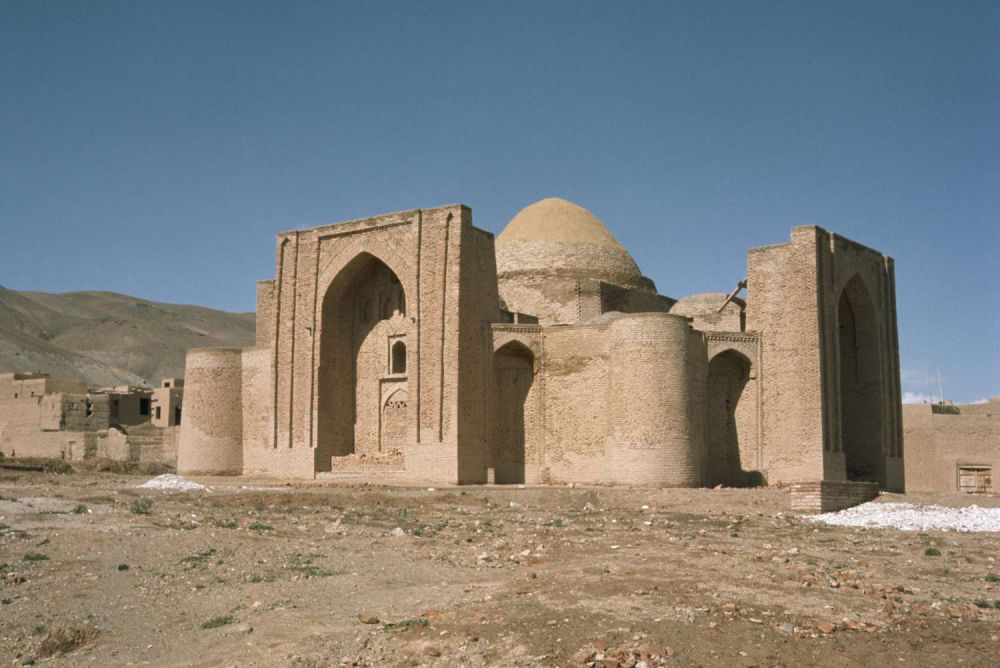

Located in the heart of Ghazni, Afghanistan, the Tomb of Sultan Mahmud has been a site of historical significance and reverence for many centuries. Sultan Mahmud of Ghazni was a prominent ruler of the Ghaznavid Empire during the 10th and 11th centuries. His reign saw the expansion of his empire spreading the influence of Islam. The city of Ghazni, under Mahmud's rule, became known as a dazzling capital of Islamic culture and learning.
The tomb itself is an architectural marvel, reflecting the Persian architectural style of the era with intricate brickwork and a once magnificent dome. For historians, scholars, and tourists, this site offered a glimpse into the grandeur of the Ghaznavid dynasty and the period's architectural advancements.
Prior to the conflicts that have affected Afghanistan in recent decades, the Tomb of Sultan Mahmud was a more accessible and frequently visited site for tourists interested in the nation's rich cultural past. In the earlier part of the 20th century, Afghanistan became a destination for adventurous travelers, historians, and archaeologists eager to discover the ancient Silk Road's treasures. Ghazni, with its historical significance, was a key stop on this intellectual voyage.
Unfortunately, as the political situation in Afghanistan became unstable, tourism to sites such as Sultan Mahmud's Tomb experienced a substantial decline. The protection and maintenance of such historical sites also suffered due to the ensuing conflict and instability.
In recent years, there has been an ongoing effort to revive tourism in Afghanistan, with a focus on sustainable and cultural tourism to foster economic growth and international understanding. However, the challenges, including security concerns and the need for infrastructure development, remain significant barriers to the kind of tourism revival that enthusiasts hope for. Yet, there is a growing trend of virtual and academic tourism, where interested individuals explore Afghan heritage digitally or through academic works. Efforts from the international community, including UNESCO, to safeguard and digitally document significant sites like Sultan Mahmud's Tomb signal hope for future tourism prospects.
While visiting the tomb in person might not be currently advisable, due to the security issues in the region, those interested can often access photographs and descriptions through online databases and virtual tours. Advocates for Afghan cultural heritage work continuously to ensure that sites like Sultan Mahmud's Tomb are not forgotten and that they will one day be restored and reopened to the public, allowing the world once again to witness the legacy of Sultan Mahmud and the historical treasures of Ghazni.